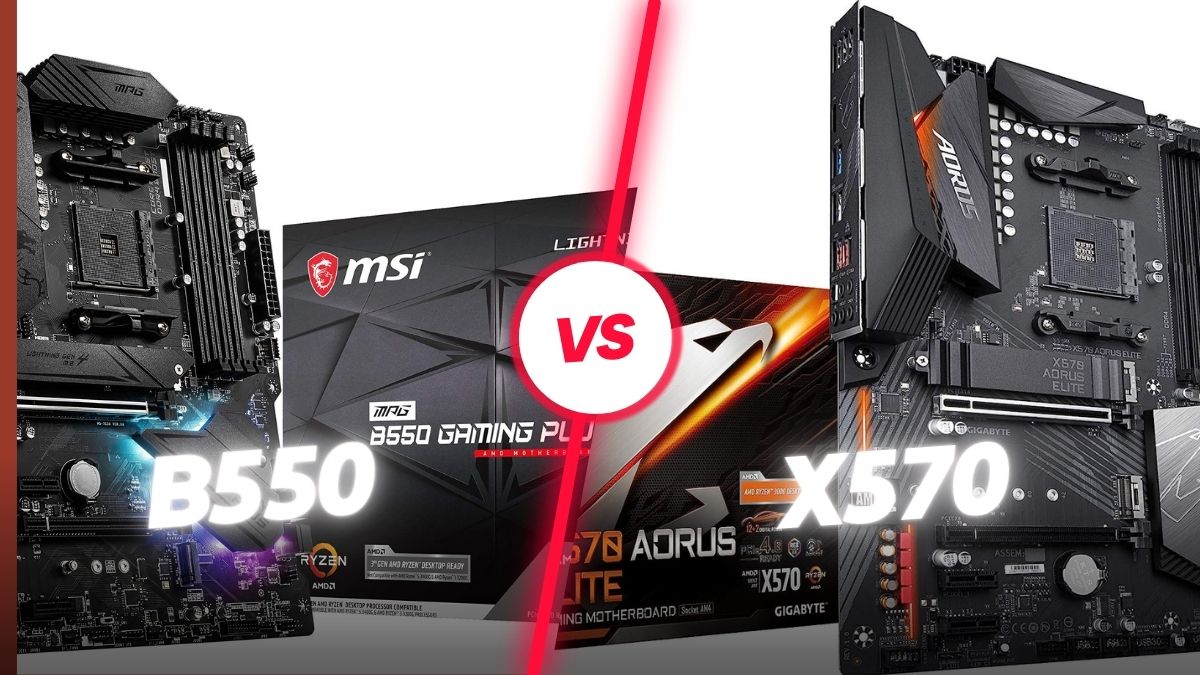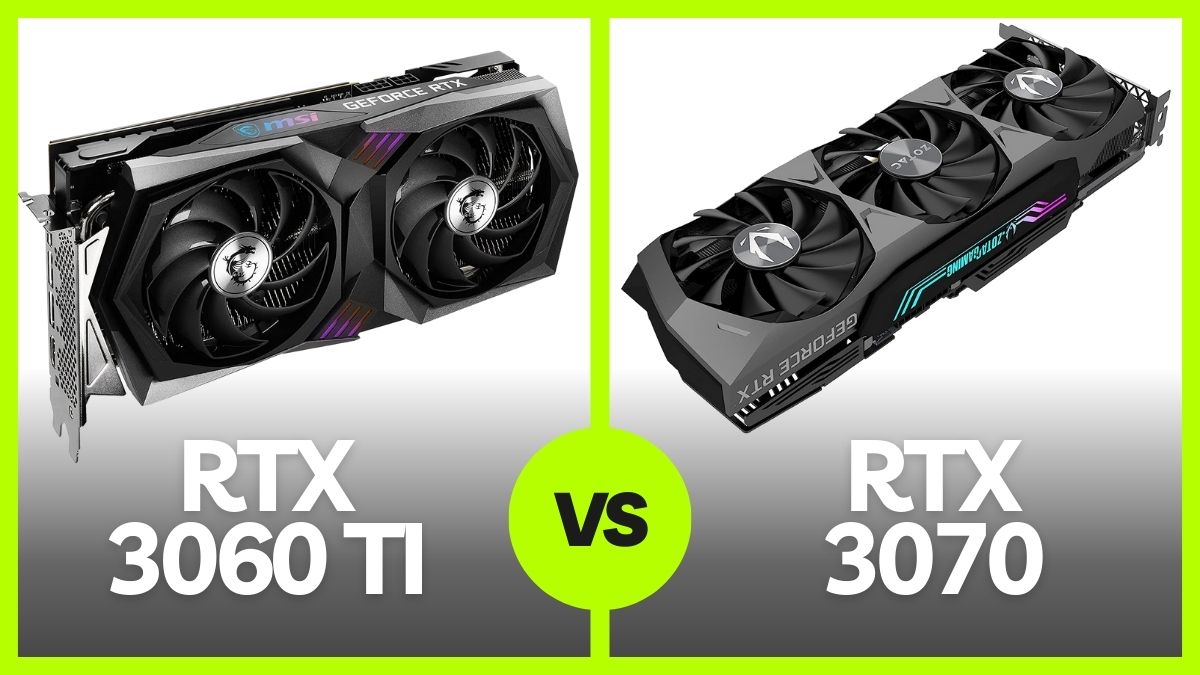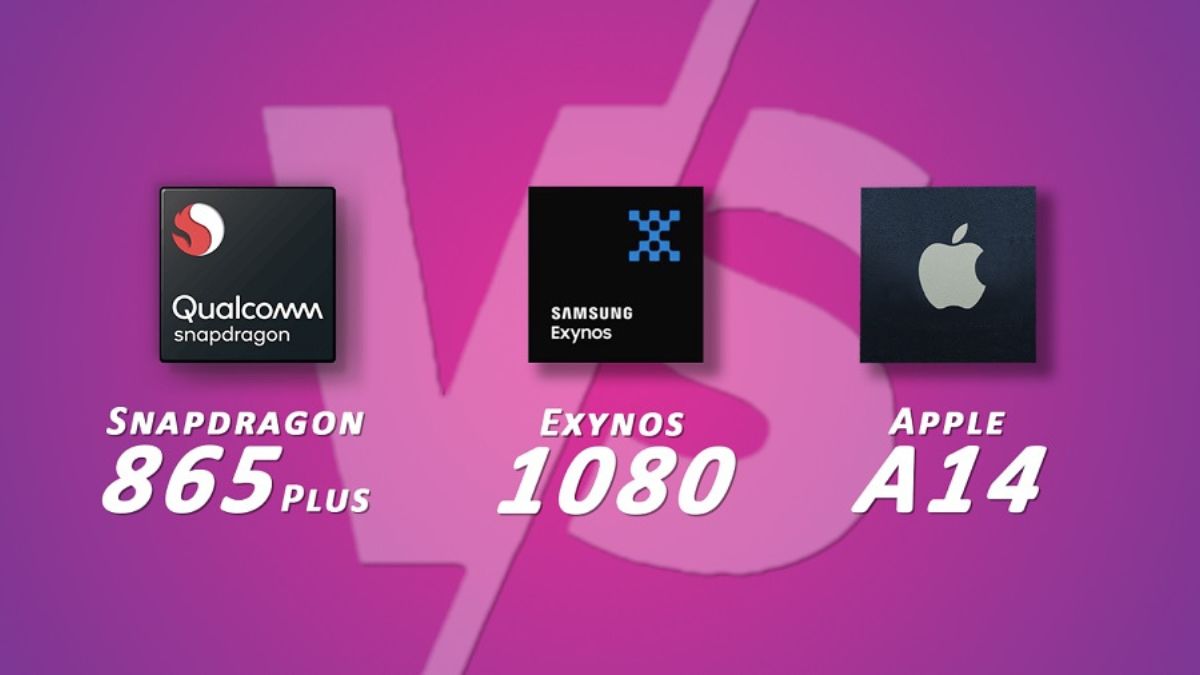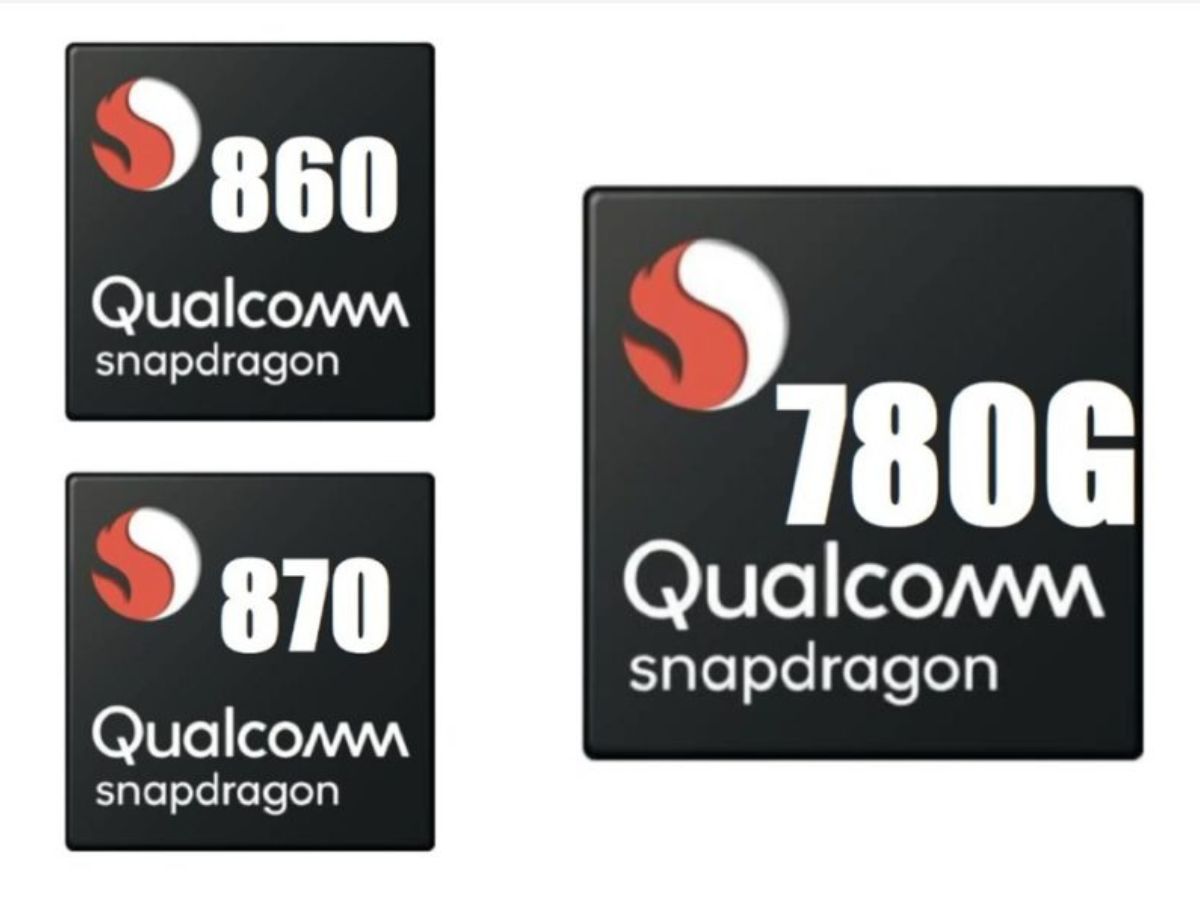
The Intel “K” series processors are renowned for their unlocked multipliers, which allow users to easily overclock the CPU and push its performance beyond the default specifications. Overclocking involves increasing the processor’s clock speed, resulting in higher processing power at the cost of increased heat generation and power consumption. This can lead to a substantial performance boost in tasks that are heavily dependent on the CPU, such as gaming, video editing, 3D rendering, and scientific simulations.
The “K” suffix in the processor’s name signifies that the multiplier is unlocked, providing users with the flexibility to adjust the clock speed and voltage settings to achieve higher frequencies. This feature is particularly attractive to enthusiasts and gamers who want to squeeze out every ounce of system performance. Besides, Intel “K” and “KF” series processors are both part of Intel’s lineup of high-performance CPUs, catering to enthusiasts, gamers, and professionals seeking top-tier computing power. These processors share many similarities but also have some key differences that set them apart.
What are the differences between Intel K vs KF series?
In this comparison, we will compare the features, benefits, and distinctions of Intel K and KF series processors.
Performance: Both the K and KF series processors are designed to deliver exceptional performance. Their similar microarchitectures and core specifications ensure that their processing capabilities are comparable. This makes them suitable for a wide range of tasks, from gaming to content creation to professional applications.
Overclocking: One of the standout features of both series is the unlocked multiplier, allowing users to overclock the CPU for increased performance. This capability is particularly valuable for enthusiasts who enjoy fine-tuning their systems to achieve optimal performance levels. Overclocking, however, requires careful consideration of cooling solutions and power delivery to ensure stable operation.
Integrated Graphics: The presence or absence of integrated graphics is the primary distinguishing factor between the two series. The integrated graphics in K series processors can be advantageous for users who require display output capabilities without using a dedicated graphics card. On the other hand, the KF series is suitable for users who are certain they will rely solely on a dedicated graphics card.
Thermal Output and Power Consumption: Due to the absence of integrated graphics, KF series processors might exhibit slightly lower thermal output and power consumption compared to their K series counterparts. However, the real-world impact of this difference may be negligible, especially when both series are compared under similar workloads.
Use Cases: The choice between K and KF series processors largely depends on the user’s intended use case. Gamers, content creators, and professionals who desire integrated graphics for backup or casual tasks might prefer the K series. In contrast, users who are dedicated to using a dedicated graphics card for all graphical processing needs could opt for the KF series.
Compatibility: Both K and KF series processors use the same socket and chipset, ensuring compatibility with the same motherboards. This compatibility simplifies the upgrade process, allowing users to switch between the two series without needing to change their existing hardware components.
Which One is Better for Gaming? Intel K series or KF Series?
For gaming, choosing between Intel K and KF series processors can be simplified by considering your needs and priorities. Let’s break it down with a simple table:
| Intel K Series | Intel KF Series | |
|---|---|---|
| Overclocking | Yes, unlocked for overclocking | Yes, unlocked for overclocking |
| Integrated Graphics | Yes, available for backup | No, not available |
| Gaming Performance | Excellent for smoother gameplay | Excellent for smoother gameplay |
| Dedicated GPU Needed | Optional, integrated graphics | Required, no integrated graphics |
| Cost Consideration | Slightly higher due to graphics | Slightly lower without integrated graphics |
| Power Consumption | May be slightly higher | May be slightly lower |
| Cooling Consideration | Needs adequate cooling for OC | Needs adequate cooling for OC |
Choose Intel K Series for Gaming If:
- You want the flexibility to overclock your CPU.
- You prefer having integrated graphics as a backup or for initial setup.
- You’re willing to invest slightly more for the added graphics capabilities.
- You may not have a dedicated graphics card immediately.
Choose Intel KF Series for Gaming If:
- You want the option to overclock your CPU.
- You’re certain you’ll use a dedicated graphics card.
- You’re looking for a slightly more cost-effective option.
- You want potentially lower power consumption and thermal output.
In simpler terms, if you’re into tweaking and maximizing performance, and might use integrated graphics, go for the K series. If you’re focusing on gaming with a dedicated graphics card and want potential cost savings, the KF series is a good fit. Both options provide strong gaming performance, so it’s about finding the one that matches your specific gaming setup and preferences.
Frequently Asked Questions (FAQs)
What are Intel K and KF series processors?
Intel K and KF series processors are high-performance CPUs designed for gaming, content creation, and demanding tasks. They share similar features, but the key difference is that K series processors have integrated graphics, while KF series processors do not.
Which series is better for gaming?
Both series offer excellent gaming performance due to their unlocked multipliers for overclocking. If you want the option of integrated graphics for backup or initial setup, go for the K series. If you’re certain about using a dedicated graphics card, the KF series is a cost-effective choice.
Can I still use a dedicated graphics card with K series processors?
Yes, you can definitely use a dedicated graphics card with K series processors. The integrated graphics are available as a backup or alternative display solution.
Can I switch between K and KF processors without changing other components?
Yes, both series use the same socket and chipset, so you can switch between them without needing to change your motherboard or other components.
The Verdict
By wrapping it up, Intel K and KF series processors offer powerful solutions to meet a variety of user needs. The K series processors are tailored for enthusiasts and overclockers who want the flexibility to push their CPUs beyond their default specifications. Meanwhile, the KF series processors cater to users who prioritize raw processing power and plan to use dedicated graphics cards for all graphical tasks.
The decision between these two series hinges on factors such as integrated graphics requirements, intended use cases, and the desire for overclocking. Both series deliver exceptional performance and share many common features, making them both worthy choices for users seeking top-tier processing power. Whether you’re a gamer seeking fluid gameplay, a content creator demanding quick rendering times, or a professional handling intensive workloads, Intel’s K and KF series processors have you covered.






